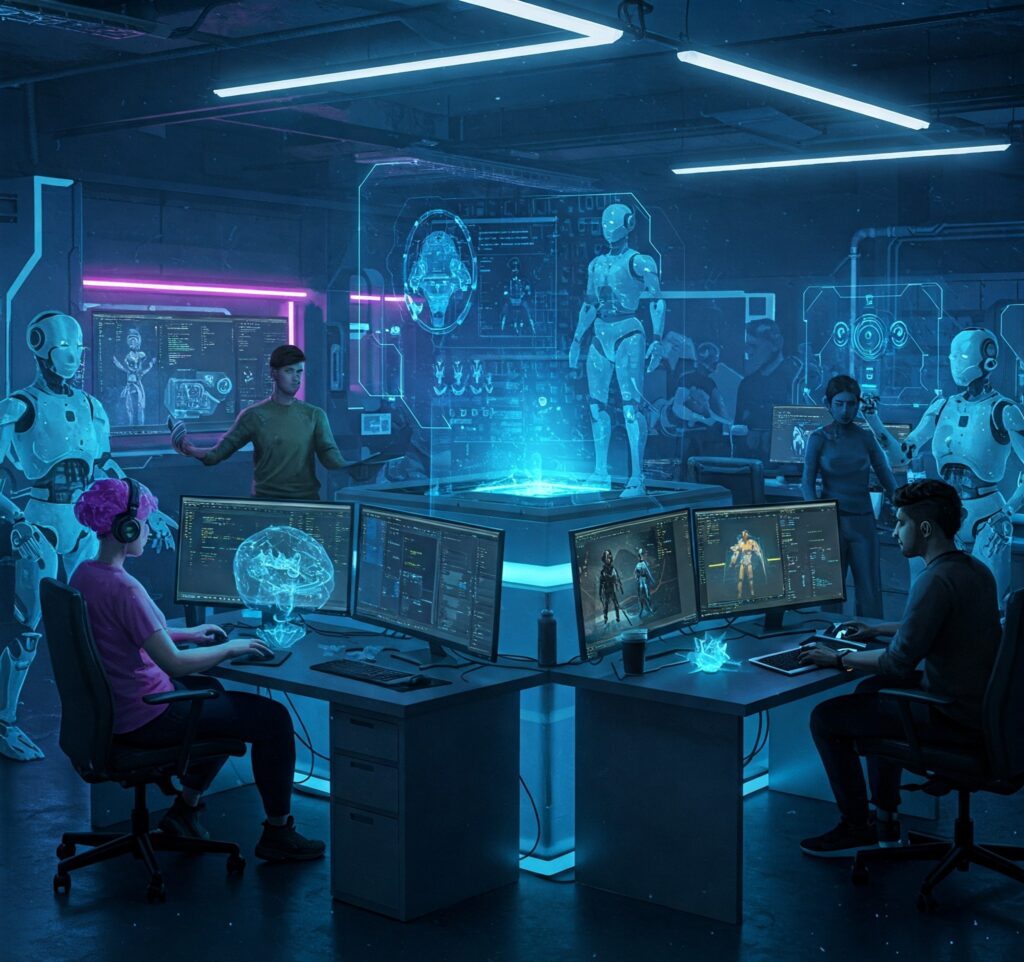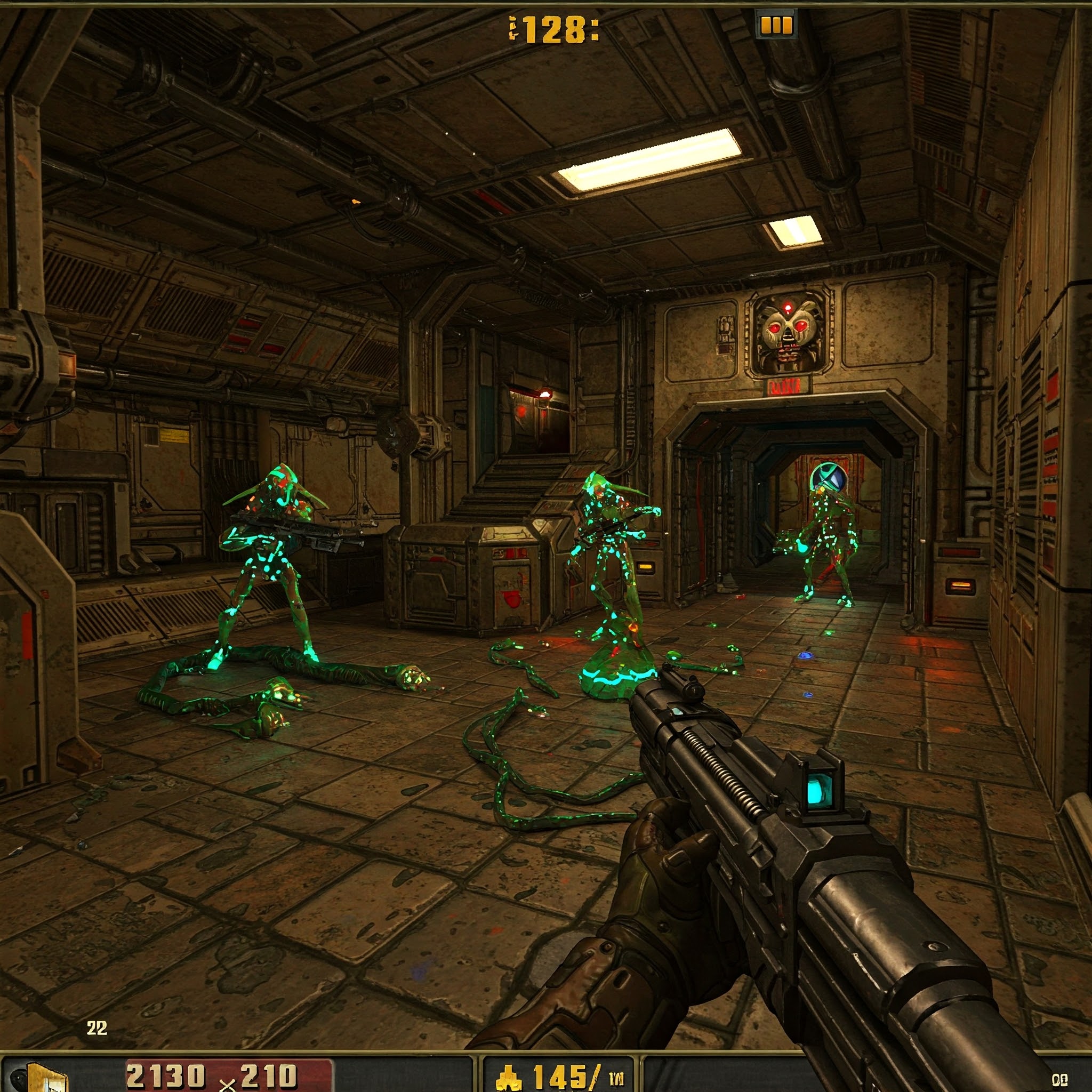What is Microsoft’s AI Quake II Demo?
Microsoft has unveiled an AI-generated version of the iconic Quake II game, built entirely using its advanced Copilot AI platform. This project showcases how artificial intelligence can be used to recreate game levels, textures, and mechanics—offering a fascinating preview of the role AI might play in future game development.
Introduction
Gaming has always been a field that embraces innovation. With the rise of AI, Microsoft is pushing boundaries by presenting an experimental browser-based Quake II demo generated by Copilot. This isn’t just a tribute to a classic FPS; it’s a demonstration of how AI can transform game design by assisting developers with creative content generation, reducing manual workloads, and accelerating prototyping.
How AI is Revolutionizing Game Development
The AI-generated Quake II demo is more than a novelty—it’s a stepping stone toward smarter, AI-assisted gaming experiences. Here’s how AI is beginning to change the landscape:

1. AI-Assisted Game Design
- AI tools like Copilot can auto-generate textures, environments, and level layouts.
- Developers can rapidly prototype ideas and test game logic in less time.
- Creativity is enhanced, not replaced—allowing developers to iterate faster.
2. Recreating Classic Titles
- AI models can study old game data and recreate similar gameplay experiences.
- Nostalgic games like Quake II serve as perfect candidates for AI experimentation.
- Modern hardware combined with AI improves visual fidelity and performance.
3. Reduced Development Time & Cost
- Automating repetitive design tasks cuts down production time.
- Indie developers gain access to high-end capabilities without large teams.
- Testing scenarios and in-game behaviors can be simulated using AI.
Limitations and Challenges
While impressive, the AI-generated Quake II demo comes with limitations:
- Gameplay Physics: Still lacks polish compared to hand-coded games.
- Enemy AI: Behavior patterns are not yet refined.
- Environment Details: May not match human-crafted richness in design.
These challenges highlight that while AI is a powerful tool, human creativity and fine-tuning remain essential in game development.
Why This Matters for the Gaming Industry
Microsoft’s demo is a signal to the industry: AI is not a distant future—it’s already here. Developers and studios can begin leveraging these tools to:
- Accelerate Development Pipelines
- Experiment with Level Design
- Train AI Models on Player Behavior for Adaptive Gameplay
As AI matures, it could unlock real-time content generation, personalized gaming narratives, and smarter NPCs that learn from players.
Conclusion
The AI-generated Quake II demo by Microsoft isn’t just a technological achievement—it’s a glimpse into the future of game development. As Copilot and similar AI tools evolve, they promise to empower developers with faster workflows, creative freedom, and cost-effective solutions. While the journey is just beginning, the possibilities for AI in gaming are endless.
